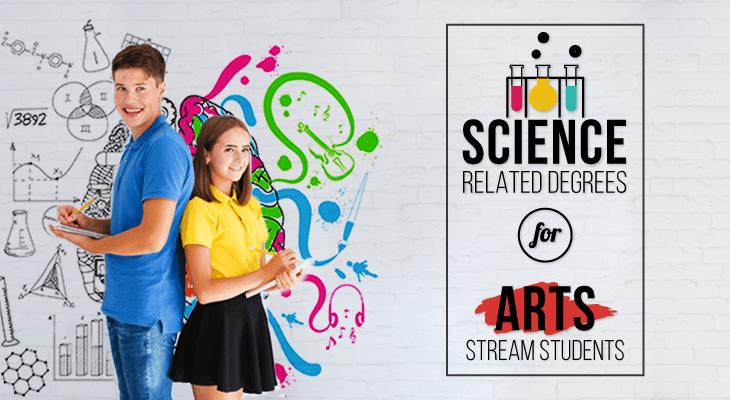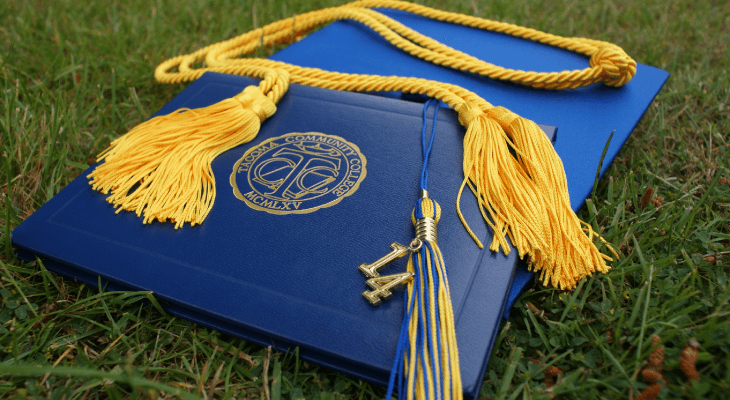6 Degree Courses Where Science Meets Arts
Not sure if you should go for a science or arts degree? Why not go for something with a bit of both. Here are some courses where science meets arts.
Updated 09 Apr 2021
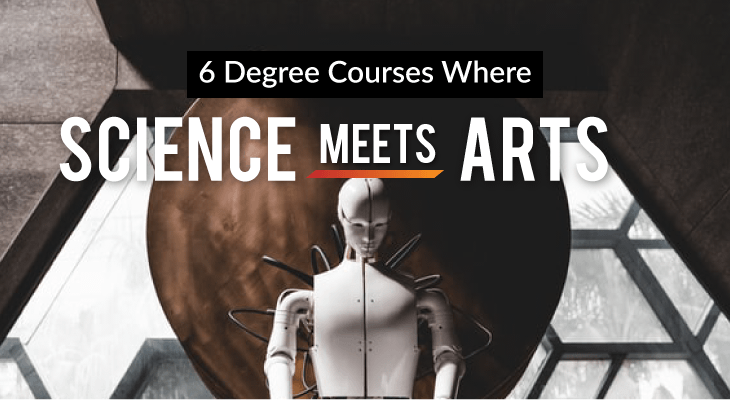
Science or arts?
Humans are multifaceted creatures and it’s only natural for us to have interests across these two fields. However, as you start progressing to university, you will soon be forced to focus on only one. This can be hard for those who enjoy dabbling in both science and arts.
But why not both? Here are 6 courses that encompass science, arts and all the bits in between.
#1. Architecture

Architecture is all about bringing designs to life — and a good architect is someone who can balance both science and arts in order to design buildings and structures that are both functional and aesthetically inspiring.
To succeed in this course, you will need to have a basic understanding of STEM (science, technology, engineering, and mathematics) subjects such as geometry, algebra, physics and programming. After all, your designs will house real people so it’s crucial that you know how to create buildings and structures that are safe and sturdy.
However, it’s not all maths and geometry. You’ll also get to bring out the inner artist in you by combining space, texture and light to create structures that inspire and evoke emotions. Think of all the architectural wonders of the world. Don’t you feel proud to see the Petronas Twin Towers in the skyline? And over 300 years since its first construction, thousands still flock to Taj Mahal to experience the romance that inspires it.
#2. Game design and development

If you’re someone who loves the intricacies of game mechanics and, at the same time, values artistic design, then game design could be the perfect place to be.
As part of a degree in game design, you will learn how to develop and design games from beginning to end, a process that requires both an analytical and a creative mind. Your studies will have you learning how to program to build game logic (you’ll need a credit in mathematics to qualify for this programme). The creative side comes in the form of character modelling, special effects and animation.
With game design, it can be very rewarding to see your ideas come to life through the use of computer technology.
PRO TIP
If this piques your interest, you’ll want to check out APU that offers a dual-award BSc (Hons) in Computer Games Development. This Premier Digital Tech University has a well-equipped games studio complete with Alienware PCs and collaborations with top industrial partners. Speak to our counsellors to find out more.

#3. Dental technology
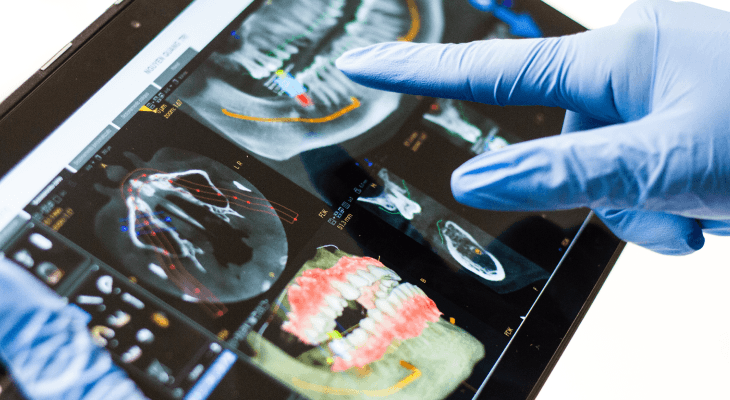
Ever wondered who is responsible for making the dentures and tooth implants used by dentists? Well, it’s the work of a dental technologist! It’s a field that sits in the realm of science, but you’ll need a certain level of artistry for a successful career.
A course in dental technology will have you studying the basics of medical science such as dental anatomy, oral physiology and oral microbiology. At the same time, you’ll also learn how to fabricate dentures, crowns and prosthesis — all of which will require you to tap into your inner artist. This is because the dental prostheses and appliances that you make must be in harmony with the rest of the patient’s mouth and look aesthetically cohesive.
DID YOU KNOW
MAHSA, a leader in Medical and Health Science Education in Malaysia, offers a hands-on approach to dental technology. Students can gain experience through MAHSA’s fully equipped dental laboratories and practical curriculum. Hit us up to learn more.
Apply for university with EduAdvisor
Secure scholarships and more when you apply to any of our 100+ partner universities.
Start now#4. Culinology
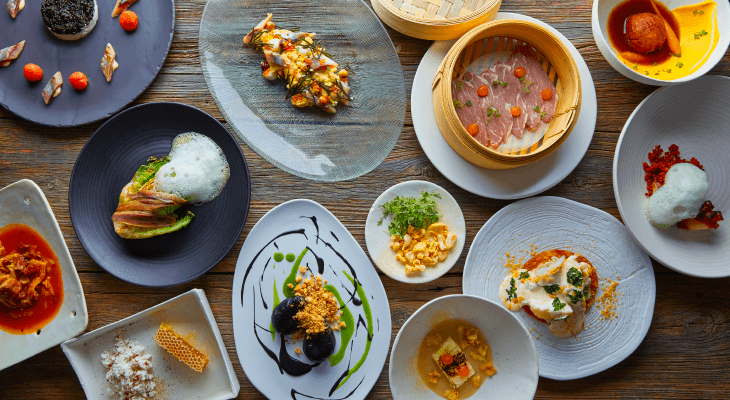
An amalgamation of four core areas — culinary arts, food science, food technology and research and development — the culinology programme will equip you with knowledge and skills in the area of food product development.
To qualify for this programme, you’ll need a strong foundation in science. This is because you will be covering courses like Principles of Organic Chemistry, Applied Food Microbiology and Food Chemistry. These subjects are essential as they can help you develop products that are safe and nutritional.
Even with the science-heavy emphasis, you can still have some creative fun by experimenting with aromatic ingredients and dabbling in the artistic side of food preparation, baking and packaging. After all, food should not only be nutritional but also look and taste good.
PRO TIP
If this is right up your alley, you’ll want to check out Taylor’s University’s Bachelor of Science (Hons) (Culinology) — the first and only programme of its kind in Malaysia. Check-in with our friendly counsellors to learn more about this programme.
#5. Psychology

Psychology is the study of human behaviour and mental processes. Depending on the university, some may offer it as a Bachelor of Science while others may offer it as a Bachelor of Arts.
As a psychology student, your focus is on the human brain. Among some of the things that you will learn include biological psychology (how the biological makeup of the brain can affect thoughts and emotions), clinical psychology (mental disorders and psychiatric problems) and cognitive psychology (mental processes like learning, memory and perception). Your studies will be based on research and experiments conducted by prior psychologists and scientists.
However, there is more to the field than hard science. Some modules that are more humanities-inclined include social psychology (how thoughts, feelings and behaviours are influenced by others), industrial and organisational psychology (psychology in the workplace) and group dynamics.

#6. Robotic design

Robotic design and development sounds like the last thing for someone who enjoys the arts. But if you've always considered yourself a creator, this could be the perfect programme for you.
Essentially, the programme is about learning how to design and develop robots. This involves learning about technological subjects like Software Engineering, Programming Techniques and Microprocessors and Computer Architecture. It’s a lot of technical details but it all adds up together to build a cohesive robotic system.
The artsy part comes in the design process. You get to build your own robot — that is as cool as it can get. It’s a lot like architecture where you get to bring your crazy ideas to life through the use of programming and complex calculations.
DID YOU KNOW
At Taylor’s University, not only will you learn how to build robots but you'll also get a chance to participate in real-world robotic projects. Get in touch with our counsellors to learn more about their Robotic Design and Development degree.
We hope this has inspired you to look beyond the black and white of science and arts. After all, no course truly falls into just one field. An “artistic” programme like graphic design still requires you to know basic geometry and a “science” course like medicine still needs you to envision the different parts of the human body. So if you’re looking for courses with a good balance of both science and art, this list is a good place to start.





